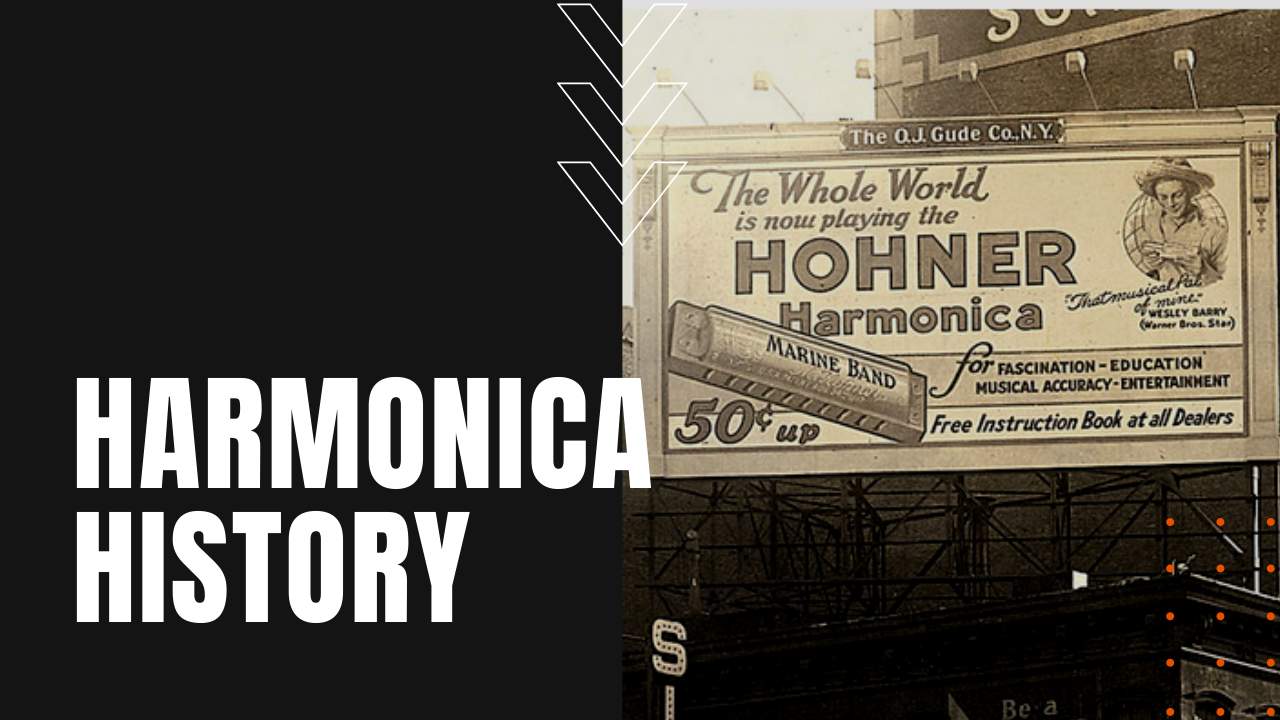History of The Harmonica

Known affectionately as the mouth organ, blues harp or tin sandwich, the lowly harmonica harkens back to 1100 B.C. China, when musicians invented the sheng, which was originally a bundle of bamboo tubes attached to a curving pipe.
The Sheng Instrument and Harmonic Roots
The Sheng contained a free-reed and a strip of flexible metal that flapped up and down when a player blew through the mouthpiece of the curving pipe, which in turn created musical tones. Yet most historians peg the roots of the modern harmonica to Dutch physician and physicist Christian Gottlieb Kratzenstein, whose 1750 invention of the “vowel organ” or “talking machine” employed a free-reed in an attempt to model the mechanics of human speech.
Over the next hundred years, inventors shrunk down Kratzenstein’s original invention into creations such as the Terpodion and Harmonium.
The Harmonica
The mouth organ made its first appearance in 1820, which spread rapidly across Europe before arriving into the United States. German clock salesman Matthias Hohner formed his namesake company in 1857, at first selling his pocket-sized harmonicas to German immigrants in the American South, eventually morphing into the largest harmonica manufacturer in the world.
The mouth organ’s preeminence came between the two world wars when vaudevillians employed the highly portable instrument to add music to their acts, while Hollywood westerns put the tin sandwich between the lips of movie star cowboys.
The blues became the natural home of the harmonica, while more recent musicians such as Bob Dylan, Stevie Wonder, Taylor Swift and Blues Traveler included the timeless sounds of the mouth organ in many of their songs, making the harmonica one of the most intuitive and arguably the smallest instrument in the world of modern music.
